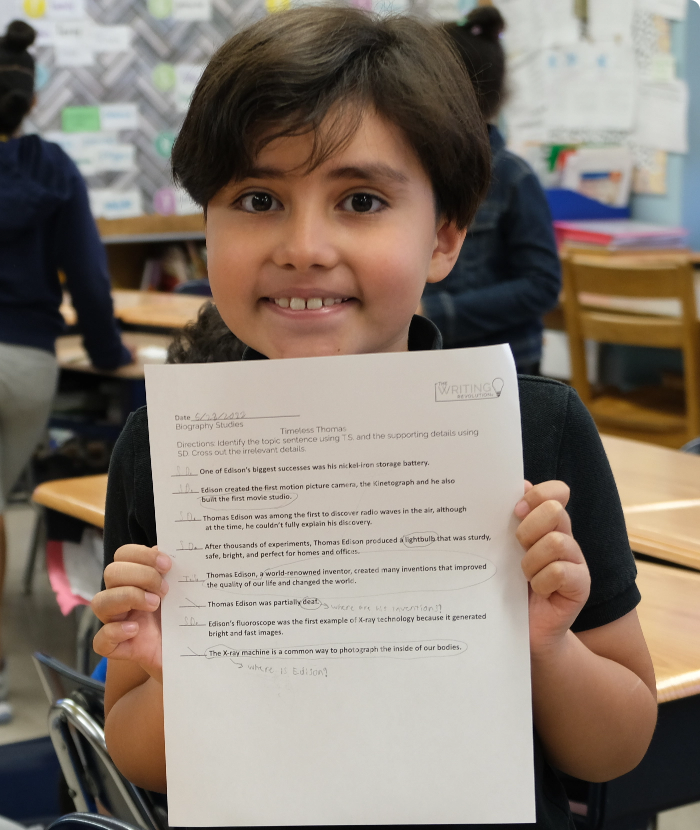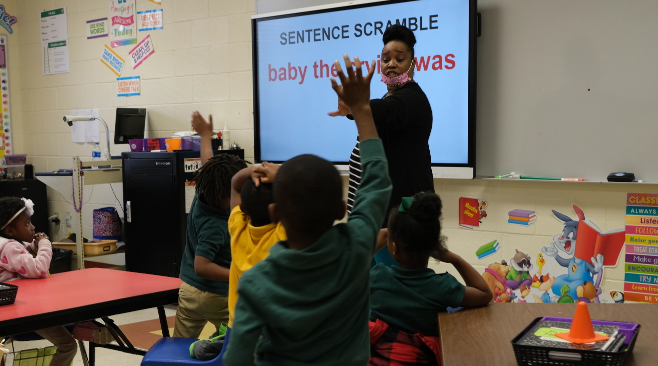According to the most recent tests in writing, only 27% of 8th and 12th graders in the United States perform at the proficient level or above.
The results are even more staggering for low-income students, students with disabilities, and English Language Learners, who often enter elementary school with fewer pre-literacy skills than their peers.
Most education policy experts are aware that the educational gaps in literacy that existed before the pandemic are widening. The COVID-19 pandemic-driven learning loss has affected virtually all students, and caused students of color and students from low-income families to fall even further behind.
Most teachers are often not prepared to teach writing. While educational standards set goals for students to write more in all subjects, they do not provide a map showing teachers how to reach those goals.
The Hochan Method is that map.

